This blog about Tsomgo Lake (Changu Lake Sikkim) covers and elaborates on the following. Scroll down for some spectacular photographs and detailed information about traveling to Tsomgo Lake.
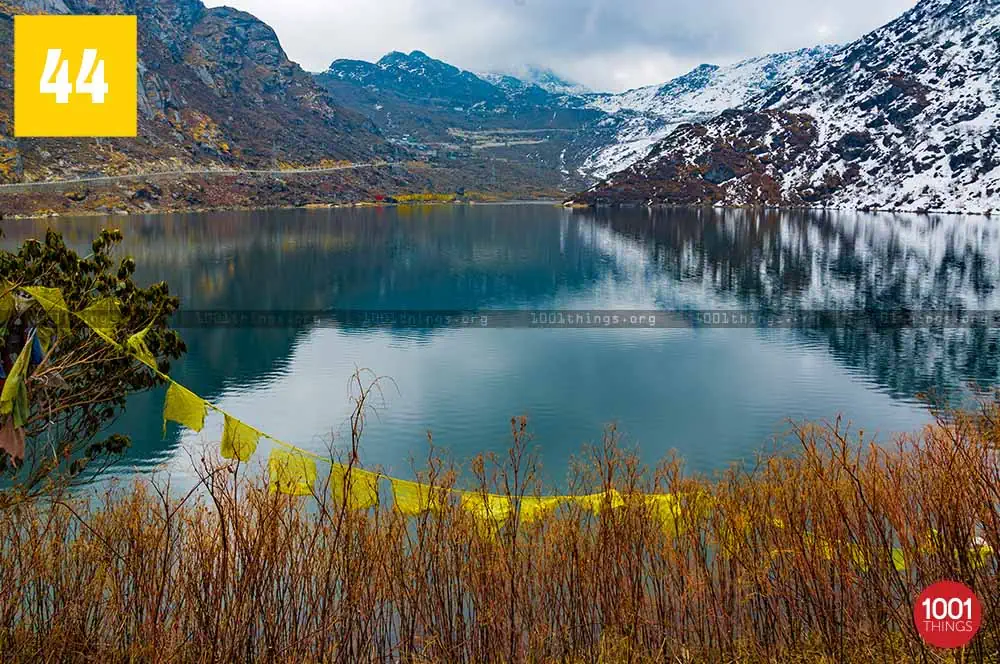
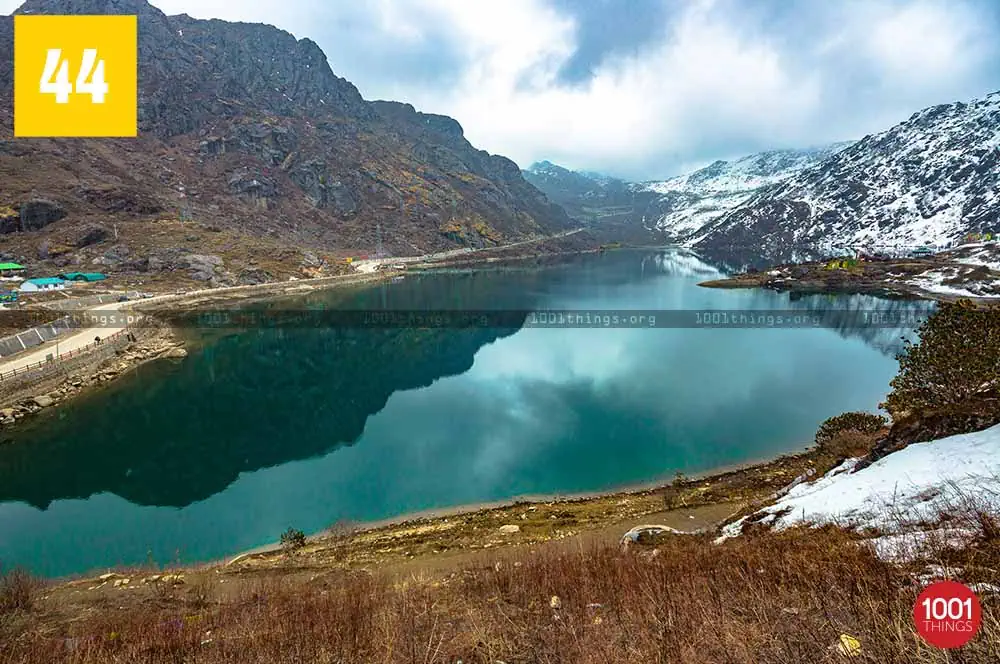
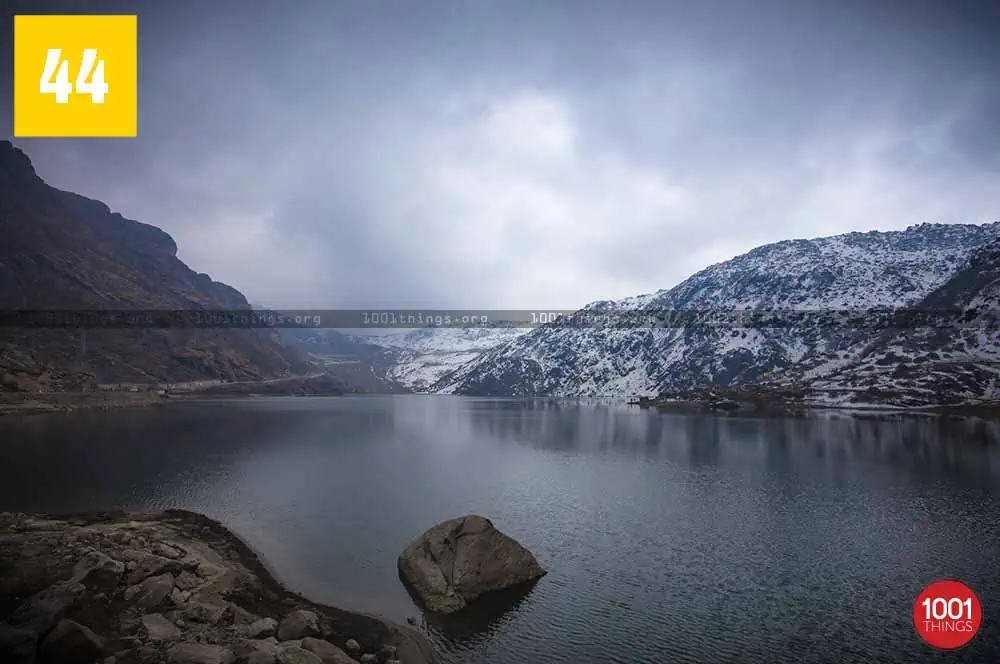
The lake is deemed sacred by the people of Sikkim and it is said that the Buddhist monks could forecast the future by studying the color of the water of the lake. Myths and legends definitely add up to the excitement. Rides on colorfully decorated yaks and mules are offered at the lake site.
While visiting Sikkim it is a must for the visitors to make a trip to the lake which is an absolutely thrilling experience for the people. It also comes as a welcome change for the people from their monotonous and regular life recharging them for their fight ahead.
Is Changu Lake And Tsongmo Lake Same?
Permit For Tsongmo Lake- Mandatory For Indians Nationals & Foreigners
Indian Nationals should get Protected Area Permit in order to get access to Tsongmo Lake. To get the permit, you should carry – a photo ID proof of any of these documents – (Voter ID Card/Passport/Aadhar Card) including two passport size photos. The authorized tour operators can help you get the permit.
For foreign nationals – Restricted Area Permit Or Inner Line Permit is applicable for traveling to Tsongmo Lake. A valid passport and VISA for India including passport size photo are required to acquire the permit. Foreigners are not permitted to travel individually. There should at least be a group of 2 people while visiting the protected areas in Sikkim.
What Is The Elevation Of Changu Lake?
How To Reach Tsongmo Lake or Changu Lake From Gangtok?
There are two ways to reach the spot. One is via – hiring a vehicle. Other is- shared vehicles. The cost of travel in the shared vehicle ranges between 500 INR – 800 INR per person. If you choose to hire a vehicle on your own, the approx cost would remain between 4.500 INR – 5,000 INR. The price varies depending upon the time of the visit, the places you’d choose to cover, and the type of vehicle you choose. There are a good number of authorized tour operators in the town that render 24*7 services to travelers.
Tsongmo Lake Weather or Changu Lake Temperature
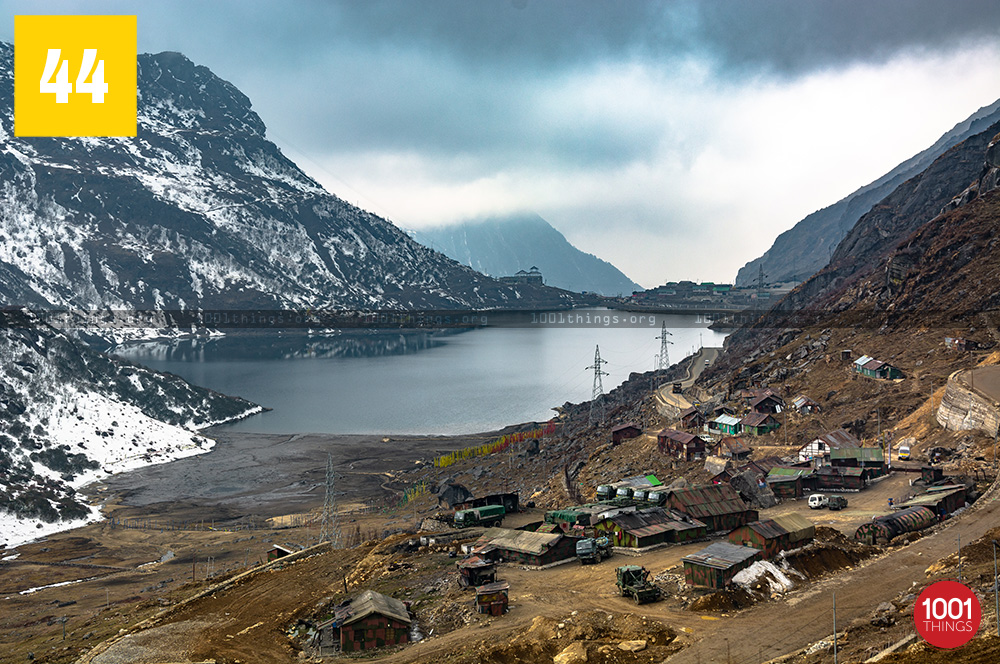
The temperature varies depending on the seasonal change. The winter temperature ranges from 7 Degree Celsius in the day and drops to – 10 Degree Celsius during the night. Winter is the ideal time to witness the pristine white snow decked region and the frozen Tsomgo Lake.
Spring adorns the entire region with the host of blooming colors. The region turns green and the alpine flowering plants bloom in their utmost appeal. During this time, the temperature ranges from 18 Degree Celsius and falls to –5 Degree Celsius.
The summers are soothing and cool. The place experiences pleasant weather during the day time with temperature reaching 22 Degree Celsius. The nights, however, are colder with the mercury dropping to 3 Degree Celsius. Summertime in this lake offers the much-needed comfort from the blistering heat of the plains and metropolises.
Monsoon – starting from July and lasting till the mid of September is not considered an ideal time to travel to the area. The constant rain creates inconvenience for touring. During this time, the temperature ranges between 10 Degree Celsius to 22 Degree Celsius.
Autumn usually starts by the end of September and lasts till November. It marks the arrival of winter. The brownish landscapes surrounding the magical Lake evokes a sense of awe and nostalgia. The temperature during this time fluctuations between – 5 Degree Celsius to 18 Degree Celsius.
When Is The Best Time To Experience Snow Fall In Changu Lake?
Winter is the best time to visit Tsomgo Lake if you crave to witness the snowfall. However, you need to wear thick warm woolen clothes and shoes to tackle the cold. Other mandatory things include- sunglasses for preventing the sore eyes. Gloves to keep your hands warm. Woolen caps and mufflers for extra covering. Medicine- in case if you’d need one.
Note: Children under 3 years are not allowed permits. The oxygen level in the region decreases due to the high altitudinal range. So, if you suffer from breathing problems, you should visit a doctor before you actually take a trip during winters.
Frequently asked questions
Yes, Changu Lake and Tsomgo (Tsongmo) Lake are the same. Reach Gangtok from Tsomgo Lake: Roadways is the only way of traveling to the region. You need to hire a taxi to get to Gangtok from Tsomgo Lake. Travel services can be obtained from Gangtok. The approx distance is 38 km and the average time required for the journey by driving is 3 hours. Yes. Protected Area Permits for the foreign nationals and Inner Line Permits for the Indian Nationals to get entry to Tsomgo Lake. The distance between Changu Lake from Gangtok is 38 km. It can take about 3 hours by driving through scenic and highest motorable roads on earth to reach the spot. Tsomgo Lake experiences snowfall during Winters. The best months to visit Tsomgo Lake is from March to June and August to December. January to March is the best time to snowfall in Tsomgo Lake. No. Hotels or, accommodation options are not available in Tsomgo Lake. The region falls under the sensitive Indo-China border. It is sparsely inhabited under strict security protection from the Indian Army. No, there are no homestays in Tsomgo. The place is sparsely inhabited as it comes under the sensitive international border area. No. June will be ideal for witnessing the clear Lake and the landscapes decked in greenery and flowering plants. Yes. Tsomgo Lake remains open in February. You can plan your visit to witness the snow-covered region. Yes. Tsomgo Lake remains open in December. It is when the Lake starts to freeze. The snowfall in Tsomgo Lake starts from mid-December or by the end of December. Yes. You can visit Tsomgo Lake in January. However, the route to the Lake remains closed sometimes due to excess snowfall in the region. December is one of the best times to visit Tsomgo Lake. The weather remains extremely cold as the Lake starts freezing by the end of December. In August, the weather of Tsomgo Lake and the adjoining region remains moderate. The place offers a scenic view of the mountains enclosing the sacred Lake, thus, making the region worth the visit. January is the peak time for the snowfall in the region. Hence, during the heavy snowfall, the roads and accessibility to the region remain closed to all the tourists. The accessibility is allowed only if, the weather is favorable. No. Tsomgo Lake including Nathula Pass & Baba Mandir remains closed for the visitors on Mondays & Tuesdays. It remains open on Wednesday onwards till Sunday. The climate of Tsomgo Lake and the adjoining areas such as Nathula Pass, Kupup, Baba Mandir, Gnathang Valley remain pleasant throughout the day & and chilly at night. The month of May is regarded as one of the best times to visit Tsomgo Lake. The only way to reach Tsomgo Lake from Gangtok is by driving. Bulky vehicles like Scorpio, Innova, Bolero, Sumo ply to the region on rentals. You can book your vehicles from Gangtok. The cost of travel varies based on the time of visit. You can reach Tsomgo Lake from Nathula Pass by driving. If you are buying a travel package to Sikkim, you can get your trip customized as per your preference. If you are planning to book a vehicle on your own, you can speak your interest to your transport service provider at the beginning. The weather and climate of Tsomgo Lake remain extremely cold in November. So, wear warm woolen clothes, shoes, gloves, mufflers, and carry adequate garments to keep you cozy and safe against the cold during your visit. Yes. Tsomgo Lake Ropeway or Cable Car ride began operating since July 2017. It renders an unobstructed view of the Lake and the surroundings. The charges for a cable car ride is Rs. 300 rupees per person. June and July are some of the best times to visit Sikkim. While the major cities across the country experience the wrath of the summer heat, Sikkim offers a much-needed respite during these months as the climate in the state remains pleasantly cool. Changu Lake (Tsomgo) and Nathula Pass remain closed on Mondays and Tuesdays and remain open to tourists for the rest of the days. This means both remain open to the visitors on Wednesday, Thursday, Friday, Saturday and Sunday. The major attractions near Tsomgo Lake are Nathula Pass, Elephant Lake (Kupup), Baba Mandir, and Gnathang Valley. Yes. Inner Line Permits (for national tourists) & the special – Protected Area Permits (for the international tourists/foreigners) are mandatory for visiting Tsomgo Lake. January to March is the best time to experience snowfall in Tsomgo Lake. During these months you can witness the frozen lake and the breathtakingly pristine surroundings blanketed underneath the snow. Is Changu Lake and Tsomgo Lake the same?
How do you get to Gangtok from Tsomgo Lake?
Is Permit required for Tsomgo Lake?
How far is Changu Lake from Gangtok?
Is there snow in Tsomgo Lake?
Which month is best to go to Tsomgo Lake?
What is the best time to see snowfall in Tsomgo Lake?
Are there hotels in Tsomgo?
Are there any homestays in Tsomgo?
Can I find snow in June?
Is Tsomgo Lake remain open in February?
Is Tsomgo Lake remain open in December?
Is snowfall starts in Tsongmo Lake on the year of December?
Can we visit Tsomgo Lake in January?
Is it a good time to visit in December? How could be the weather?
Is it the right time to visit in August and what's the weather in August?
Is Tsomgo Lake remain open in January?
Is Tsomgo Lake open on Monday?
How is the climate in May?
How do you get to Tsomgo Lake from Gangtok?
How do you get to Tsomgo Lake from Nathula Pass?
What type of clothing would be ideal for November?
Is there a ropeway in Tsomgo Lake? What is the cost of a Cable Car Ride in Tsomgo?
What is the climate in June and July in Sikkim?
Are changu lake and Nathula pass remain open for visitors every day?
What is the Tsomgo Lake entry fee?
There is no entry fee required for visiting Tsomgo Lake. What are the places to visit near Tsomgo Lake?
Can foreigners visit Tsomgo Lake?
What is it the right time to found snow or snowfall?
Also Read: Kalapokhari – The Last En Route To Sandakphu Peak


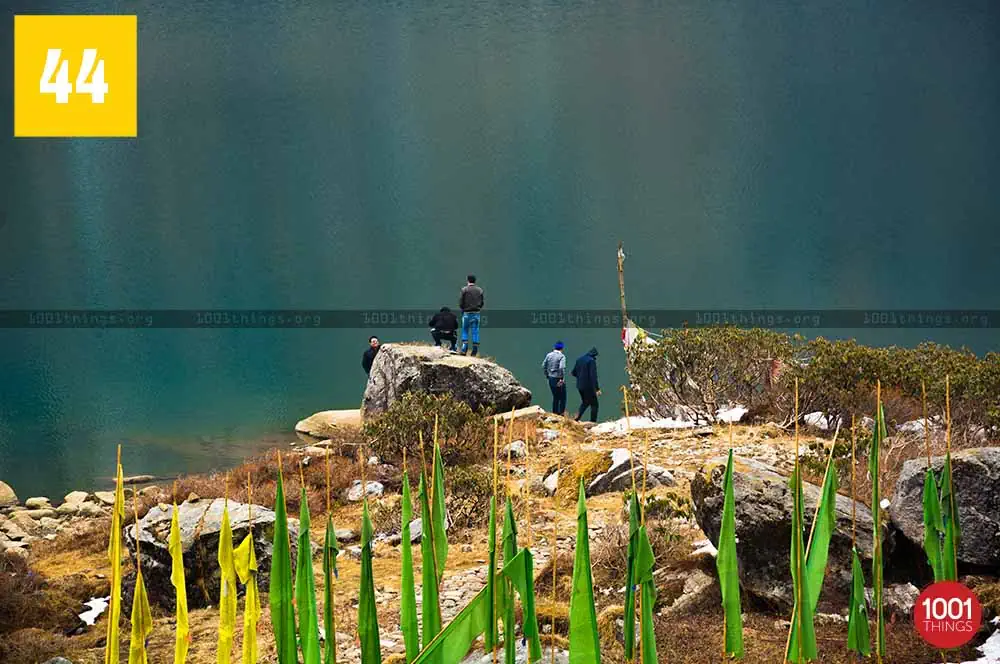
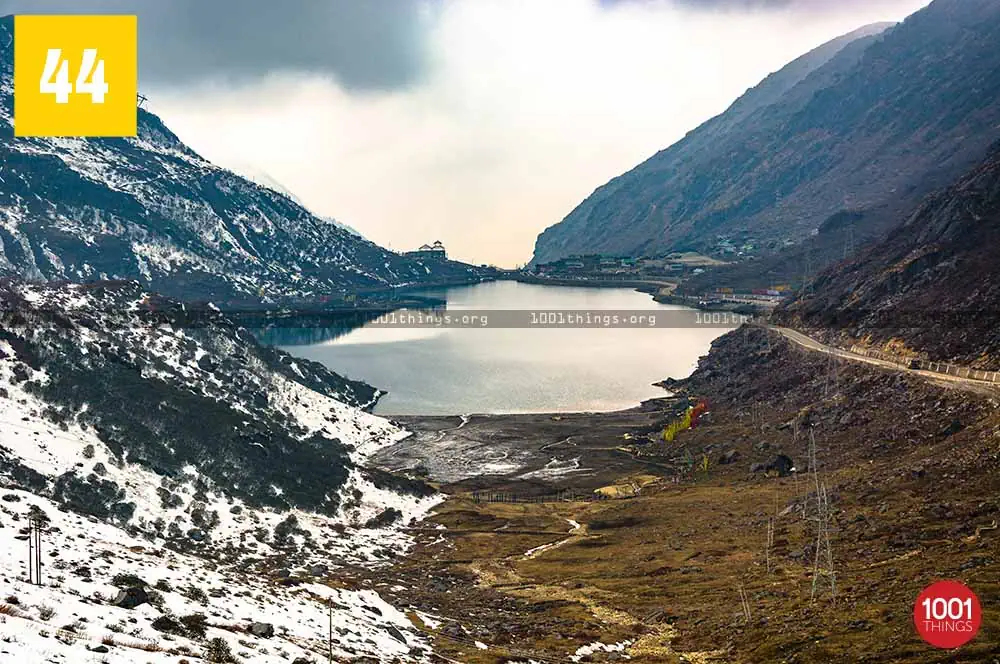
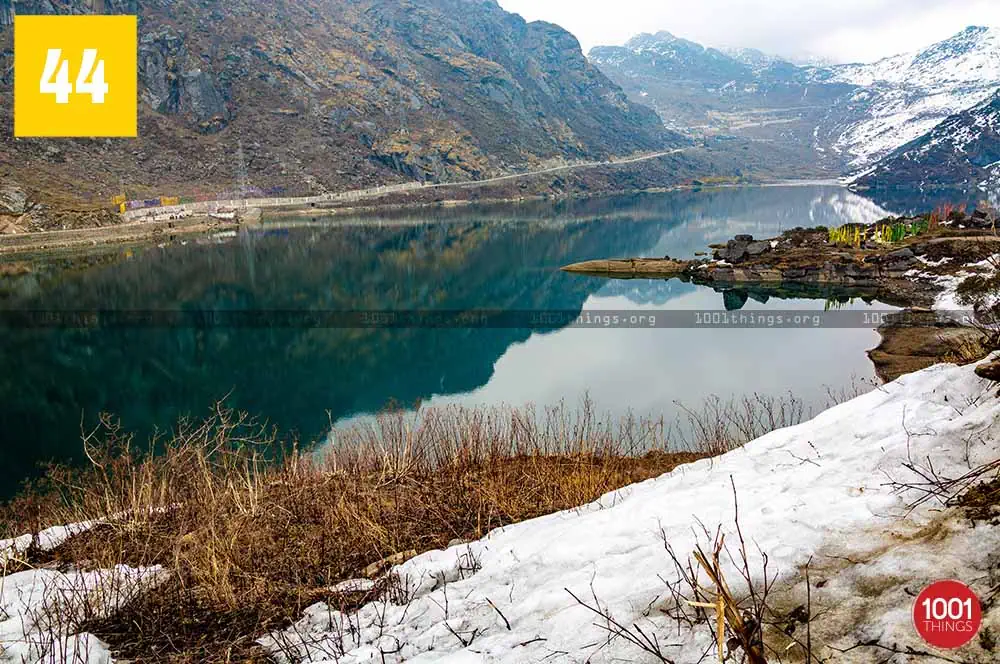
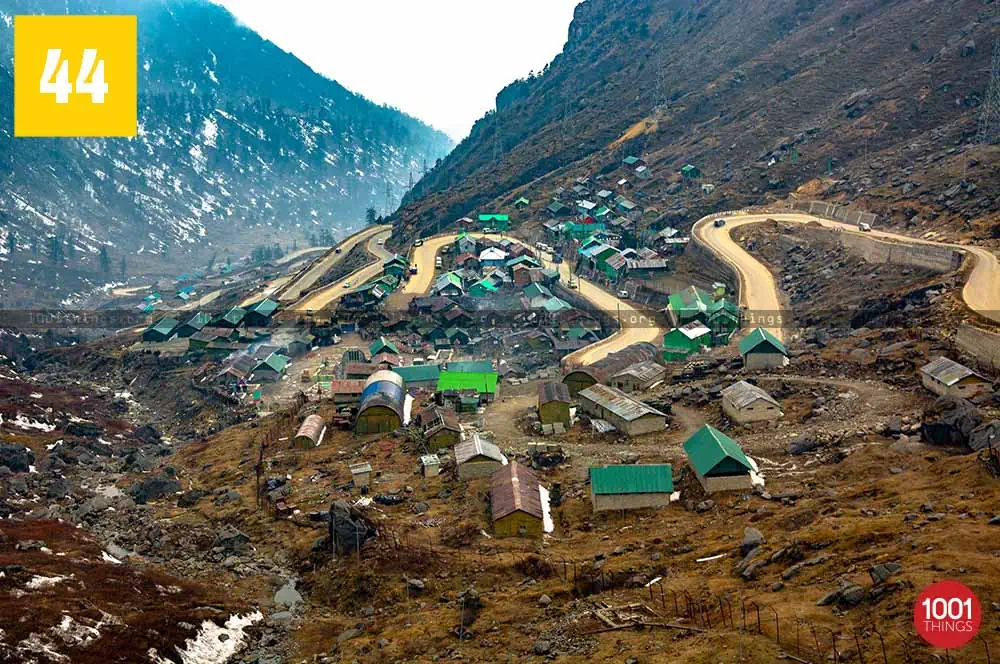
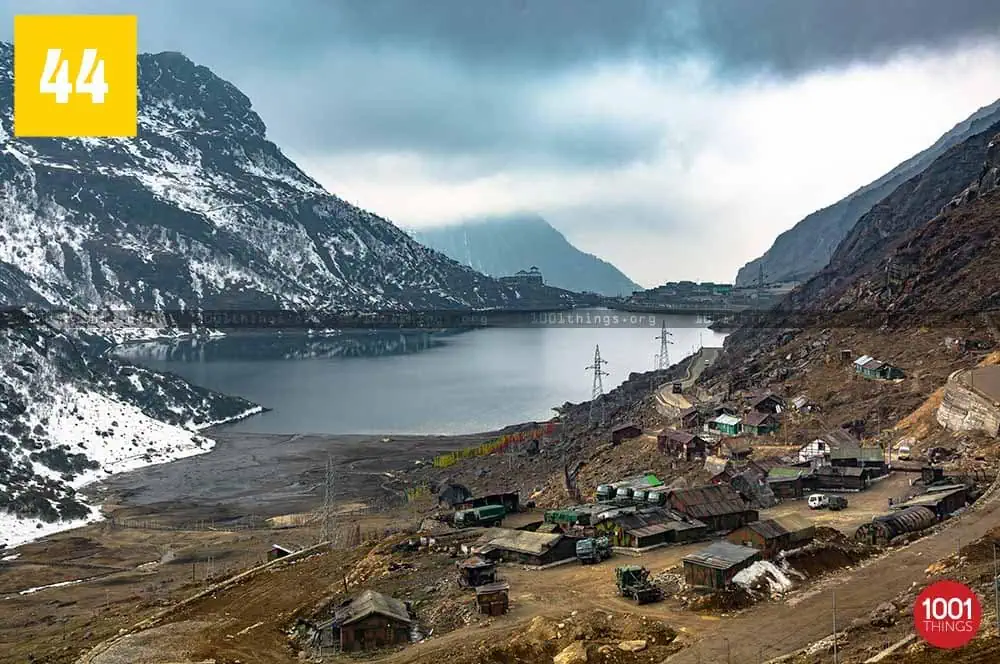
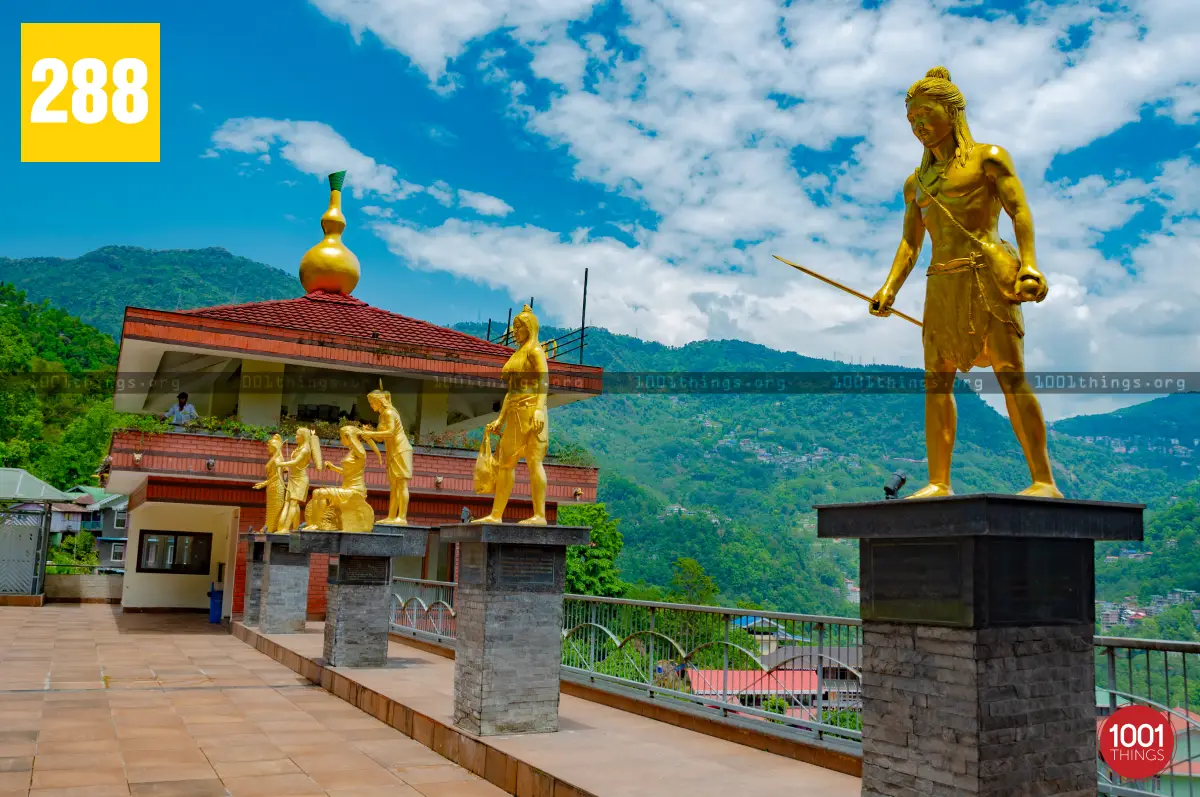
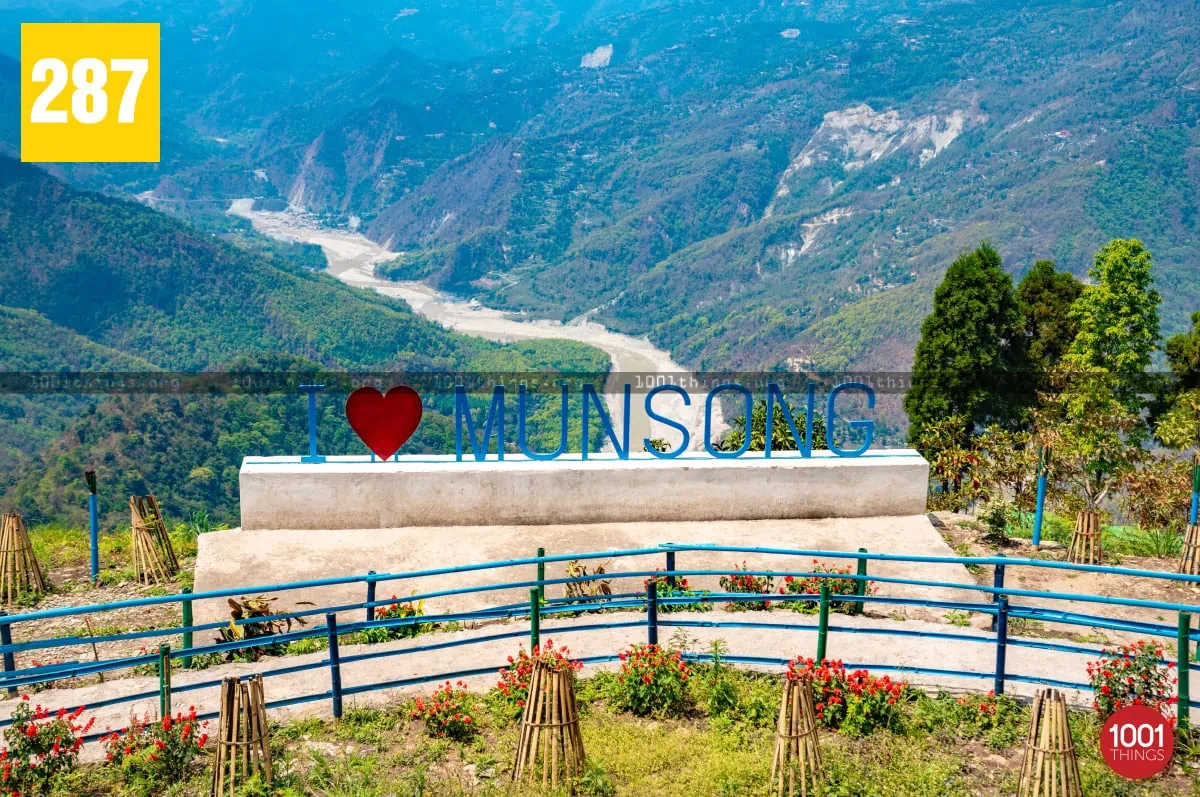
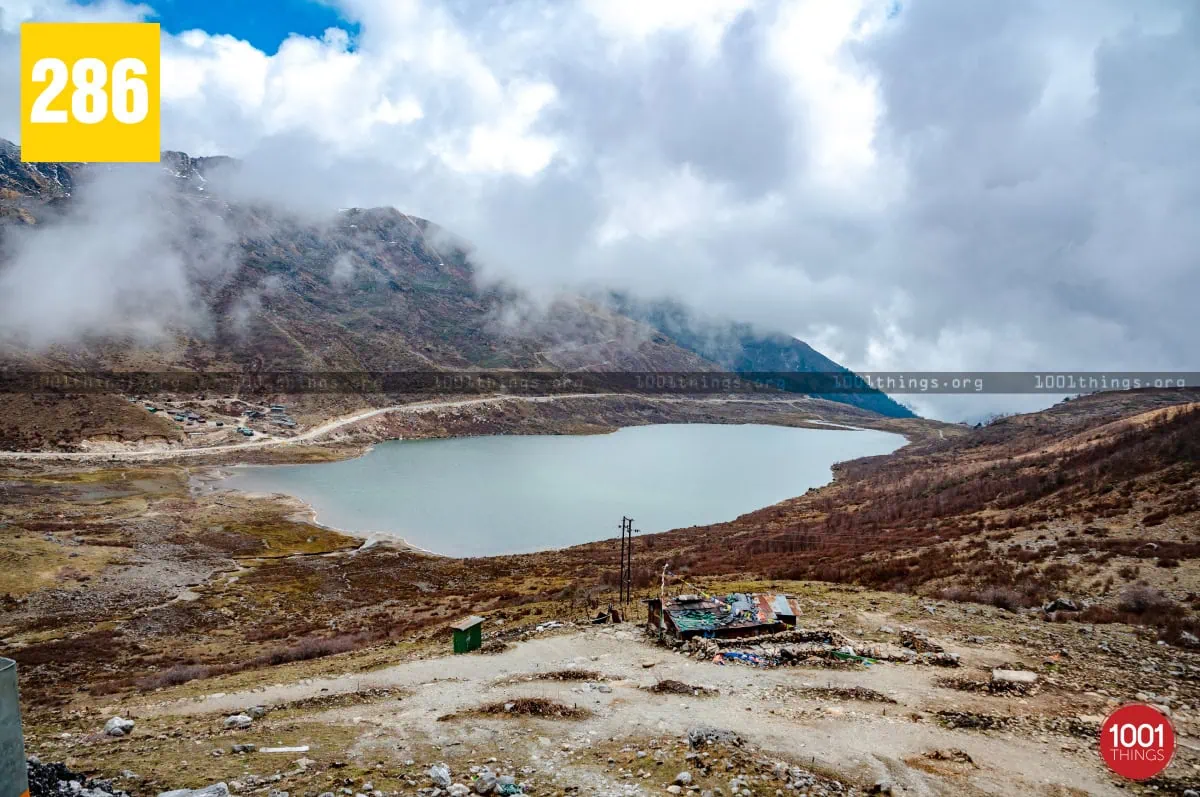
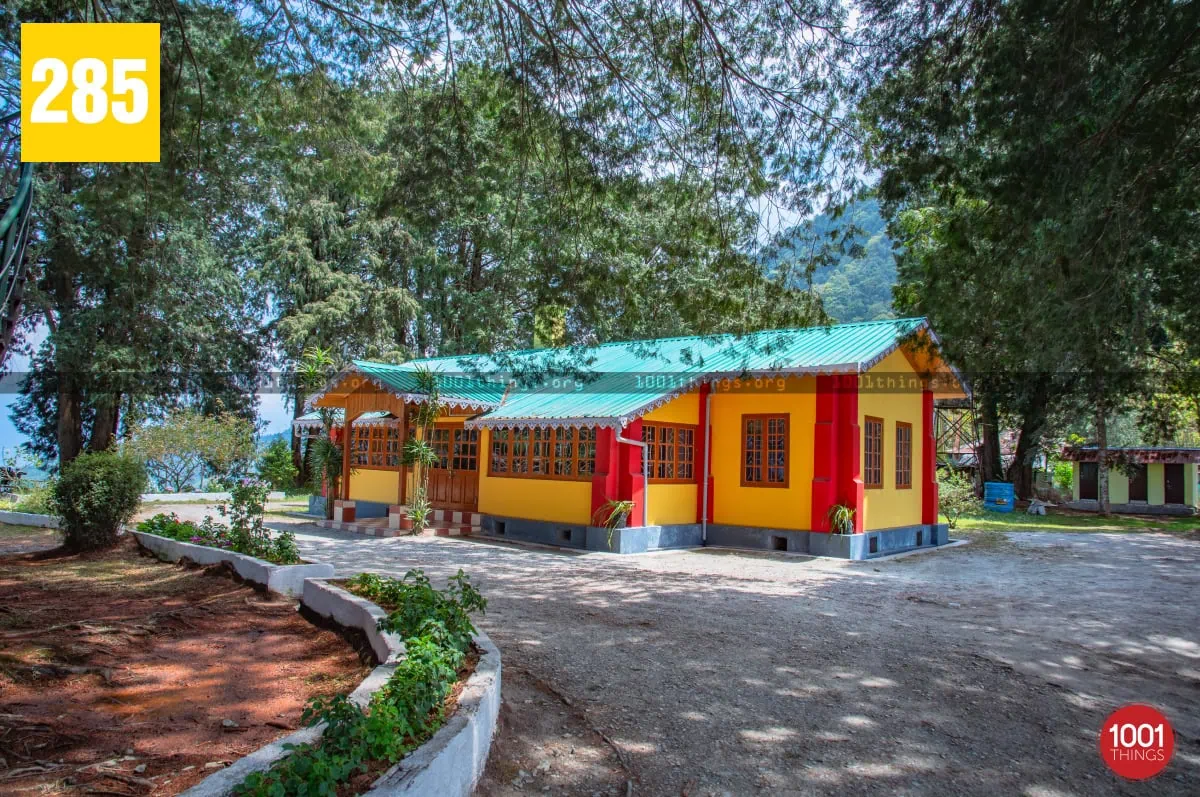
2 Responses